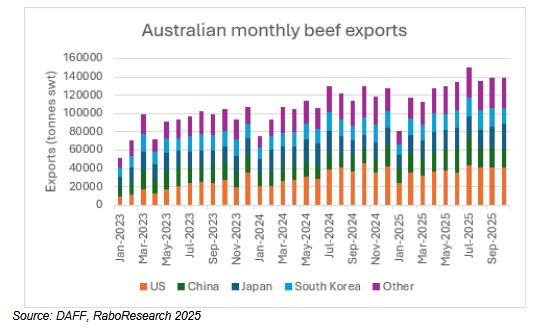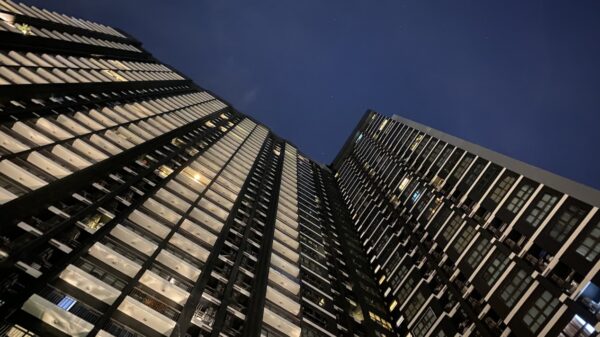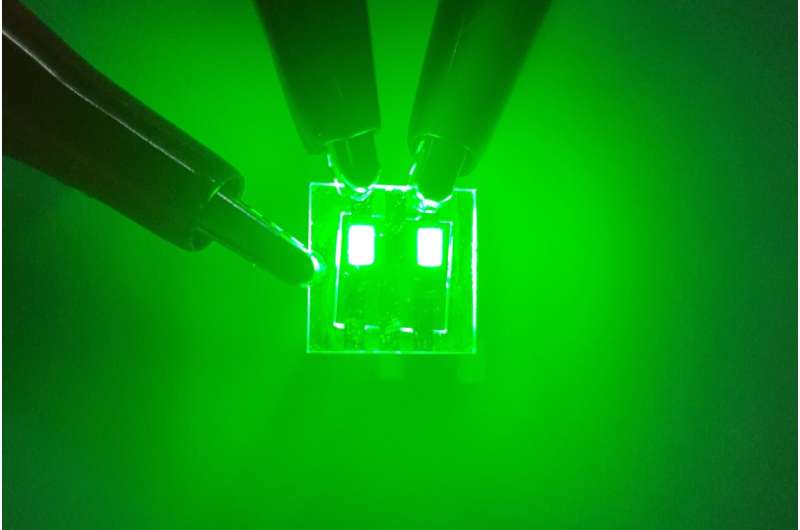Researchers at the Hong Kong University of Science and Technology (HKUST) have developed a groundbreaking technology in display engineering. They have introduced the world’s brightest and most energy-efficient quantum rod light-emitting diodes (QRLEDs), promising to revolutionize visual experiences on smartphones, televisions, and augmented/virtual reality devices.
The new QRLEDs display optimized deep green emissions, achieving unprecedented color purity and maximizing the color gamut, crucial for high-quality displays. These next-generation light sources are not only designed for enhanced brightness but also boast a longer lifespan, offering triple the brightness compared to previous models. This advancement could lead to energy-efficient and ultra-vivid visuals that transform consumer electronics.
Addressing Previous Limitations
Light-emitting diodes (LEDs) have long been integral to electronic products. Recent developments in quantum materials have led to the emergence of quantum dot LEDs (QLEDs) and QRLEDs, both known for their narrow emission bandwidths and high color purity. However, QRLEDs have historically faced challenges related to their green emission, which has lagged behind QLEDs due to issues such as inefficient charge injection and structural barriers.
To overcome these limitations, a research team led by Prof. Abhishek K. Srivastava, Associate Professor in the Department of Electronic and Computer Engineering, innovated a new class of green-emitting quantum rods. This new design features a customized core-gradient alloy structure with minimized outer shell thickness. It achieves highly bright deep green emissions (515–525 nm) at the peak of the color triangle, significantly enhancing display capabilities.
In addition to improved structural design, the team introduced shorter organic ligands and a bilayer hole transport layer. These changes enhance charge balance and reduce electron leakage, thus boosting efficiency and stability in the QRLEDs.
Significant Performance Metrics
The research findings, published in the journal Advanced Materials, underscore several key performance metrics achieved by the new QRLEDs. Notably, the devices demonstrate a record external quantum efficiency (EQE) of 24%, surpassing the 22% EQE of previously existing models. Furthermore, these QRLEDs generate a remarkable brightness of 89 cd A−1 (candelas per ampere), making them the most efficient in their class.
The QRLEDs also shine three times brighter than older models, with peak luminance exceeding 500,000 cd m−2, along with operational stability surpassing 22,000 hours. This longevity positions the technology for viable commercial applications in display technologies.
Prof. Srivastava remarked on the significance of this advancement, stating, “Our work demonstrates that meticulous control over nanorod composition and interface engineering can lead to disruptive advances in optoelectronic performance. This paves the way for high-resolution, energy-efficient displays with unprecedented brightness and longevity.”
The implications of this research extend beyond theoretical advancements. By enhancing visual performance in consumer electronics, this technology has the potential to reshape user experiences across various platforms, from smartphones to advanced display systems.
For further insights, refer to the research paper titled “Highly Efficient and Stable Green Quantum Rod LEDs Enabled by Material and Charge Injection Engineering,” published in Advanced Materials, DOI: 10.1002/adma.202503476.





























































